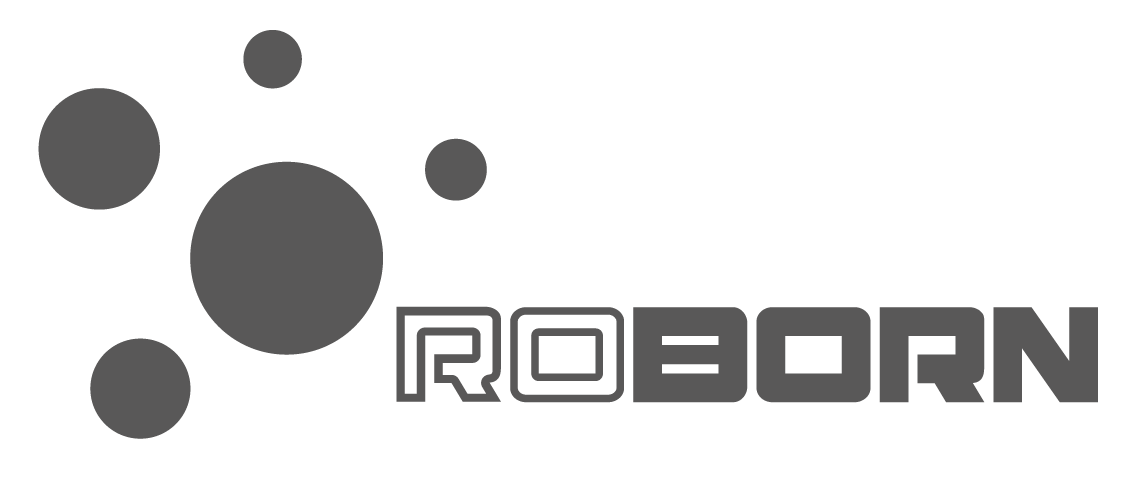In March 2020 when the pandemic hit large parts of the world, the healthcare industry was forced to switch into crisis mode. Doctors and patients had to adhere to social distancing rules, and this was exactly when the world started noticing innovations coming from the HealthTech sector.
While technology is not a silver bullet to overcome weaknesses and inequalities in healthcare infrastructures, its contribution to comprehensive pandemic responses and role in complementing conventional public-health measures is likely to become increasingly digital.
Robots – our new normal
Reflecting over the past months and various lockdowns later, one fact standing out the most is that medical and healthcare professionals are massively overstrained. The sheer numbers of intensive care patients, availability of medical and PPE equipment, facility hygiene maintenance are among the highest priority topics for any Healthcare provider around the globe. To ease some of the burdens and minimize the risk of infection many hospitals have deployed robots for some of the tasks usually performed by staff members.
As a measure of epidemic control, the Hong Kong SAR Government adopted a containment strategy to enforce epidemic prevention with one of them being temperature control. A Hong Kong founded Robotics startup ROBORN under the leadership and Co-Founder Prof. Ka Yeung, Larry Poon acted very early into the pandemic and developed a motion-controlled humanoid temperature control robot. The epidemic prevention robot is designed to move around autonomously, measure human body temperature with embedded sensors, and recognize whether the person is wearing a mask.
The pandemic has shown the world so far, that innovations in particular in the digital space don’t necessarily need a lot of development time. With the many much-needed solutions being introduced into our new normal some of the solutions, even free, are not accessible to all. Reasons for that are for example low-bandwidth in remote areas, user-unfriendly interface, and availability of multiple languages including Braille. With time and a better understanding of diverse needs, more adapted solutions with various features will be coming out in near future. As Hussein Reka put it in his widely read article on the digital revolution in Healthcare: “Healthcare is first and foremost about humans and their wellbeing. And digitalization could be the key to providing adequate healthcare to everyone at a reasonable cost.” Finally, investment in healthtech, accelerated by the Covid-19 crisis, will also require constant evaluation of what technologies are beneficial, as well as a debate in society and amongst policy-makers on best practices and health ethics.
Source: Heinrich Böll Stiftung Hong Kong

